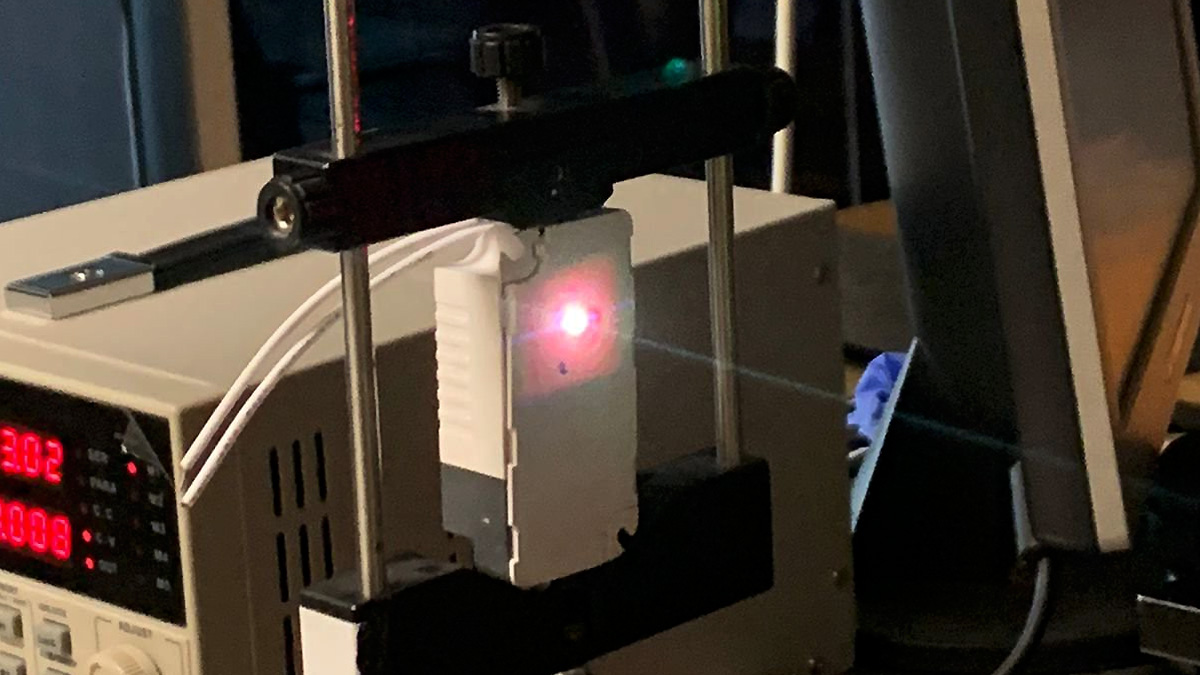
What is considered rare in astronomy is a matter of perspective. A total solar eclipse takes place somewhere on Earth around once every 18 months. Halley’s Comet returns to Earth’s skies every 76 years.
However, an asteroid the size of the Empire State Building in New York City coming just 19,635 miles (31,600 kilometers) from Earth occurs just once every 5,000-10,000 years, reckon scientists. The latter is what will happen on Friday, April 13, 2029, when a roughly 375-meter-wide rock called Apophis — named after the ancient Egyptian “god of chaos” though also called asteroid 99942 — becomes visible to the naked eye to those below in Europe, Africa and Asia. It’s larger than 90% of space rocks and will pass between Earth’s geostationary satellites and the Atlantic Ocean, which is just a tenth of the distance between Earth and the moon.
It will get closer to Earth than any asteroid in human history . Shouldn’t we send a spacecraft to study Asteroid Apophis if the event is that rare? Asteroid Apophis: The RAMSES Mission In keeping with the ancient Egyptian theme, the European Space Agency recently announced a new mission called Rapid Apophis Mission for Space Safety — or RAMSES, conveniently the name of 11 Egyptian pharaohs. Due to launch in April 2028, the spacecraft will rendezvous with Apophis in February 2029, a couple of months before its passing of Earth.
It will then accompany the asteroid during its close flyby. The spacecraft will conduct a thorough before-and-after survey of the asteroid’s shape, surface, orbit, rotation and orientation. It will also observe how Earth’s gravity warps it, data that could be useful for future planetary defense.
How an asteroid responds to external forces is vital for scientists to learn how to deflect an asteroid off a collision course with Earth. Asteroid Apophis: Stretched And Squeezed This kind of data is typically only possible to collect by traveling to the farthest corners of the outer solar system. “For the first time, nature is bringing one to us and conducting the experiment itself,” said Patrick Michel, Director of Research at CNRS at Observatoire de la Côte d'Azur in Nice, who is working on the Ramses mission.
“All we need to do is watch as Apophis is stretched and squeezed by strong tidal forces that may trigger landslides and other disturbances and reveal new material from beneath the surface.” The asteroid is also essentially a time capsule from the solar system’s formation over four billion years ago. Despite fears about Apophis upon its discovery on June 19, 2004, by astronomers at Kitt Peak National Observatory, it won’t strike Earth in the next 100 years, according to astronomers.
Asteroid Apophis: What About NASA? RAMSES won't be the only mission visiting Asteroid Apophis. A month after the asteroid’s Earth flyby, NASA's OSIRIS-REx spacecraft — famous for obtaining a sample of asteroid Bennu in 2020 and now renamed OSIRIS-APEX for its new mission — will orbit the giant asteroid. Together with Ramses, it's hoped that unique “before and after” data can be collected and compared.
“RAMSES will demonstrate that humankind can deploy a reconnaissance mission to rendezvous with an incoming asteroid in just a few years,” said Richard Moissl, head of ESA’s Planetary Defence Office. “This type of mission is a cornerstone of humankind’s response to a hazardous asteroid.” What Is Asteroid Apophis? A stony, S-type asteroid that orbits the sun every 324 days and comes close to Earth every decade, Apophis hit the headlines after a paper was published that calculated that it could strike Earth in 2029, 2036 or 2068.
2021 it was announced that Apophis would not strike Earth in any of those years — and not for at least a century. The catch? The flyby of Earth in 2029 is so close that Earth’s gravity could alter its path, amplifying the uncertainty in its orbit. Wishing you clear skies and wide eyes.
.














